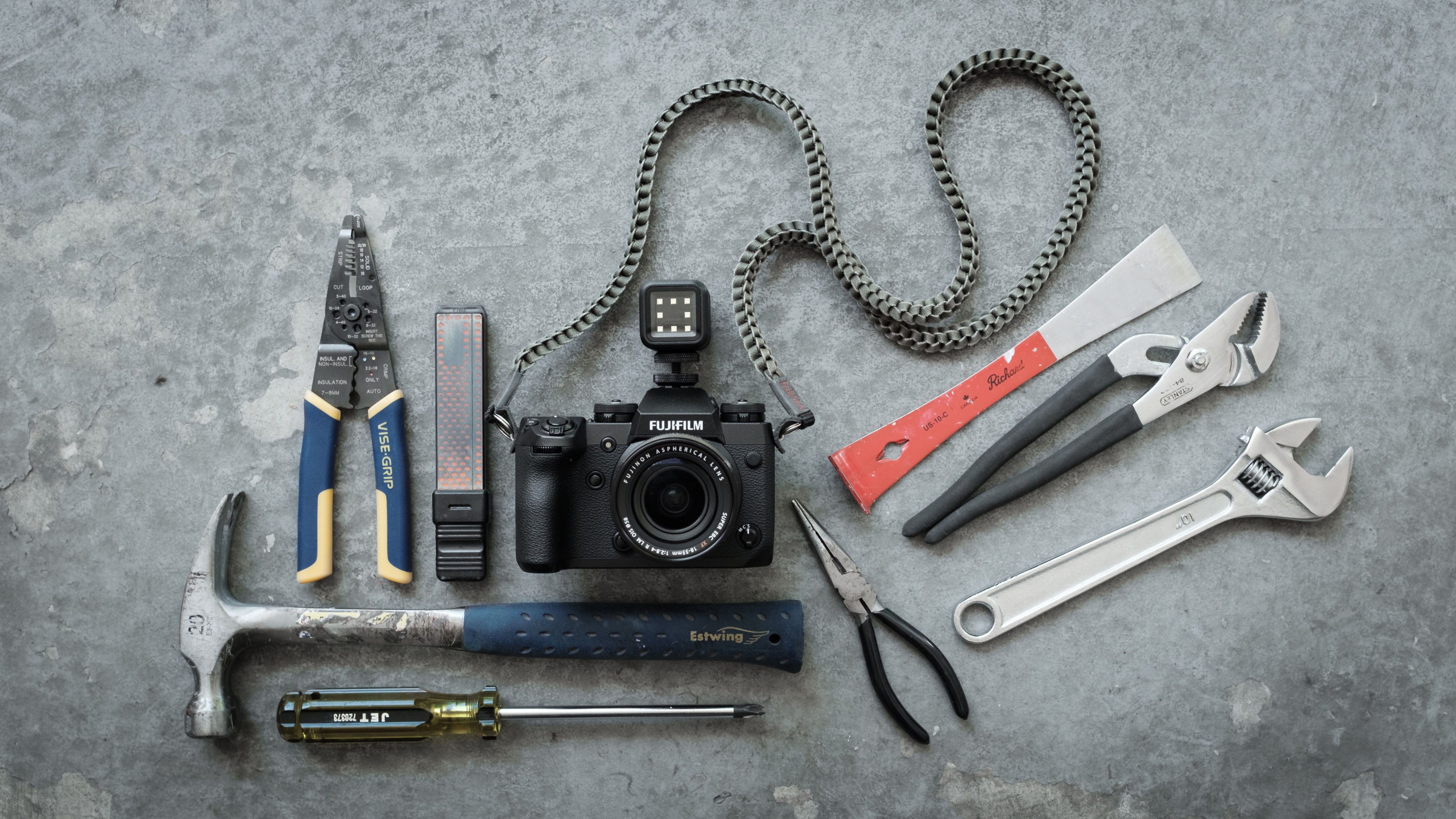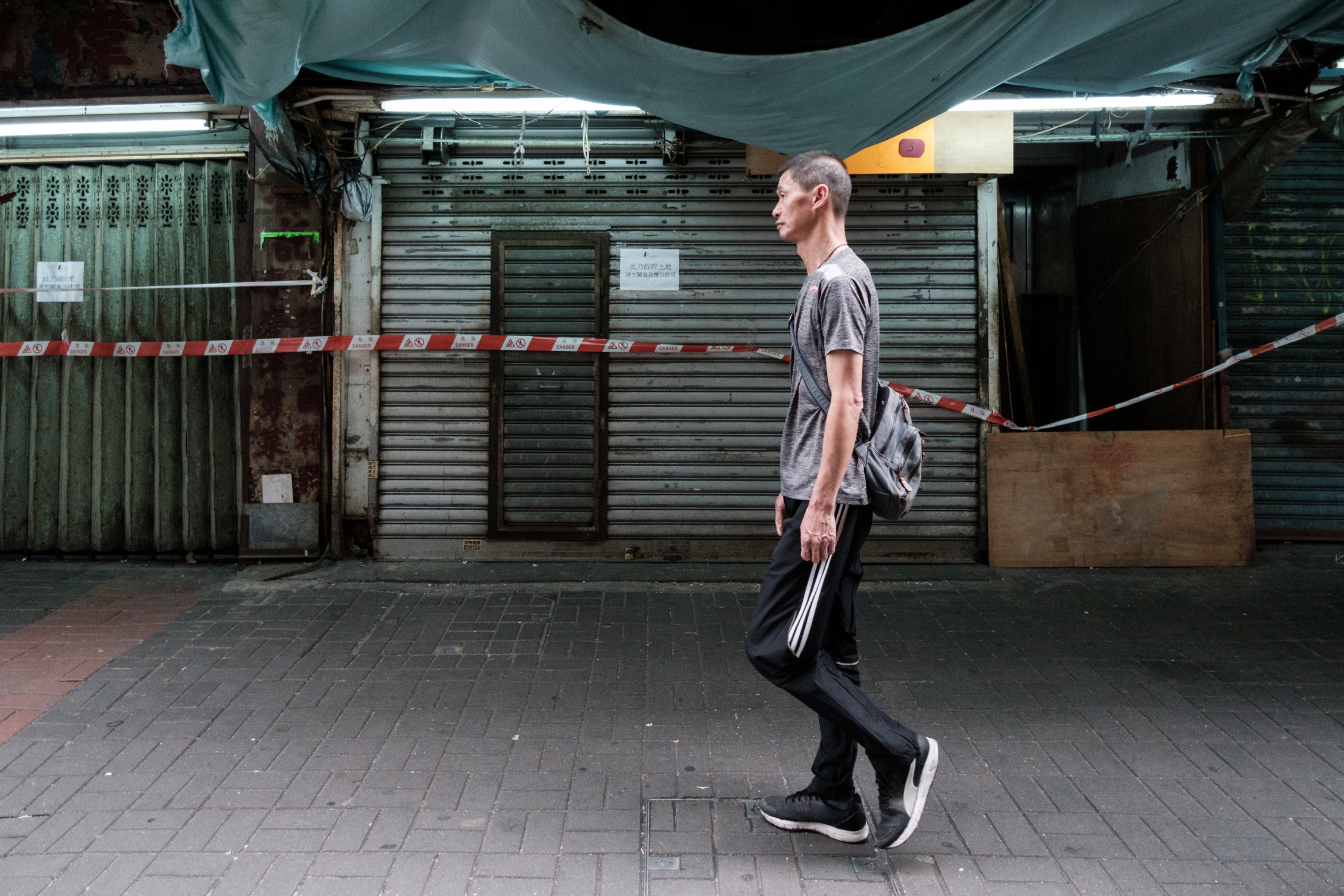It’s always exciting when preparing to buy new camera gear, isn’t it? Fujifilm has so many great cameras right now, we almost can’t go wrong… but we can. Sorry to be a Debbie Downer, but the first question we need to ask ourselves is if we even need to upgrade. Some buy cameras like they’re smartphones, always wanting the latest or greatest. Unlike a device that becomes outdated quickly, cameras are more like tools, an extension of our eyes and imagination. It takes time to learn and master a tool. A 5 or 6 year old X Series camera can still take fantastic photos, even though the latest cameras might be able to do it faster, larger or sometimes just differently. However, if we feel it’s time to upgrade, we need to know what side of the spectrum of X Series camera bodies we want to be on. On one end of the spectrum are bigger, heavier professional camera bodies (X-T2, X-T3, X-H1, X-Pro2) and on the other end are smaller, lighter cameras (X-T30, X-E3, X100F). Image quality on all these cameras are equally competent; however, each camera has unique characteristics that can either enhance or diminish our shooting experience.
For this article I decided to focus on one camera from each side of the spectrum: the X-H1 and the X-T30. I had the opportunity to use both of these cameras back-to-back for the past few months, and I think both are great cameras, but for the right type of photographer. Some will appreciate the faster autofocus of the X-T30, but will hate the small EVF. Others may love the X-H1’s IBIS (In Body Image Stabilization) system, but dislike the size and weight. Different tools for different situations and for different types of photographers. Which camera is best for you and your photography?
As a gear reviewer, I have the unique opportunity to test multiple cameras across various platforms and manufacturers at the same time. I can test and compare the obvious and the subtle over a longer period of time than most. I also realize my photographic needs can be drastically different than the next photographer; but I have a good idea what many Fujifilm X photographers are looking for. Megapixels isn’t a huge concern for most of us (24-26mp is more than enough), nor is 4K video or high speed continuous shooting. Here are the big 4 features that I found most Fujifilm shooters are always asking for:
- faster and more accurate autofocus system
- improved EVF experience (less lag, larger magnification, brighter)
- improved UI (User Interface) and customization of buttons and layout
- improved ISO performance for low light photography
Currently many Fujifilm photographers shoot with an X-T2 or X-T3 and are perhaps considering a second body. There are other Fujifilm users who are currently using the X-T1 or X-Pro2 and want some of the newer features only available on more current models. It’s easy to look at the X-T30’s shiny new sensor+processor combination and it’s ridiculously low price and assume that is the best option… and for some, it is. If you currently own an X-T3 and want a smaller, lighter back-up body with the same performance, the X-T30 is perfect. Or perhaps you have the X-T10 or X-T20 and you love the compact size and weight but want to upgrade. Again, the X-T30 is a great option. However, there are those who have professional expectations or requirements that a speedier but smaller camera body can not live up to. Let’s go over the major pros of both the X-H1 and the X-T30 and find out which camera is best for your specific photographic needs.
X-H1 Pros
- In Body Image Stabilization (up to 5.5 stops) on 5 axis
- professional build quality, WR, 25% thicker magnesium body, improved paint coating
- dual card slot UHS-II with access from the side (easy access even when mounted to tripod)
- battery access even with tripod plate mounted with additional 2 batteries with grip
- 2 axis articulating screen, top panel LCD with additional information even with camera off
- big, comfortable grip, feather touch shutter, large AF-L/AE-L buttons, D-Pad + joystick
- dedicated ISO/Drive dial, multiple custom and programable buttons and dials
- large 0.75X high resolution EVF with comfortable eyecup (easy to use with glasses)
- included VPB-XH1 + 2 extra batteries (with current promotion), including AC adapter
- professional shutter 1/8000th sec 1/250th flash sync, EFC (Electronic Front Curtain), shutter dampening system
- value (price/performance)
X-T30 Pros
- latest sensor + processor combination with improved autofocus, face detect, overall performance
- improved video performance and features in combination with AF and face detect
- USB-C for charging, data transfer, flexible I/O with ability to use as headphone jack with adapter
- compact and light with integrated pop-up flash
- improved Bluetooth connection for smartphone integration
- price point
X-H1 or X-T30?
Let’s break down the advantages and disadvantages of both the X-H1 and X-T30. the X-H1 is a bigger and heavier camera; but it’s also better built (weather-sealed body), has dual card slots, has more customization (extra dials, extra customizable buttons, bigger buttons, D-Pad, a dedicated top panel LCD), a larger EVF, and it’s stand out feature the IBIS system. The X-T30 has the latest and greatest 26.1MP BSI X-Trans IV sensor and quadcore X-Processor IV, giving the top performance in areas like autofocus, face detect, on-sensor 100% coverage 425 point phase detect, top video features. However, due to it’s smaller and lighter size, it’s not weather-sealed, no D-Pad, small thumb grip, cramped ergonomics, and a small consumer level EVF with a very ineffective eyecup. On the one hand you give up compact size and weight on the X-H1 for pro-build, more customization, improved ergonomics and IBIS; and with compact size and weight of the X-T30, you give up ergonomics, less buttons and dials, and a smaller EVF.
As mentioned earlier, many of you are okay with the smaller size of the X-T30, making it a perfect main camera or a back-up to your larger X-T3 or X-T2. You don’t care about dual card slots or the ability to add a grip with extra batteries. Perhaps you’re not happy about the removal of the D-Pad, but the improved touch screen and the joystick is more than enough to maneuver through the menus and use during shooting. IBIS would be great but not at the expense of size and weight. On the other end of the spectrum, IBIS is a feature you’ve been waiting for. You have adapted lenses, or your favourite X Series lenses don’t have OIS (Optical Image Stabilization). You will put up with the X-H1’s larger size and weight so you can have all the professional features it offers. Although faster autofocus and face detect would be nice, it’s not essential for your photography.
Another discussion point is value. The current price (June 2019) of the X-T30 is $899 USD, making it a very attractive option for many. It’s $500 cheaper than the professional body X-T3, even though it shares the same sensor and processor. At the same time the X-H1 is a great value at $1299 USD, since it currently includes the booster grip kit ($329 value) and two extra batteries ($65 x 2). Both cameras are priced well for what you get, but value isn’t just about price. If a new camera doesn’t offer any significant improvement over your current setup, or at least significant enough to see in your images, there’s no value in upgrading. For current X-T2 shooters, upgrading to the X-T3 isn’t going to be a big deal unless you’re looking for improved autofocus/face detect or if you shoot video. The same goes for those who currently own the X-T20 and thinking of upgrading to the X-T30.
The X-H1 is an anomaly. It’s a generation 1 product, having no predecessor. The ‘H’ probably stands for hybrid, great for both stills photographers and videographers. It’s no coincidence that the new MK cine lenses in X mount were announced at the same time as the X-H1. I shoot both video and stills equally, but I still prefer the X-H1 as a stills camera. The IBIS system hasn’t improved my photography, but it has changed my photography. Images I wouldn’t attempt unless I had a tripod are now possible for me to shoot. Gaining 5.5 stops of hand-holdable exposure is equal to shooting a static scene at 1/4 sec with IBIS instead of 1/180th without it. That’s a game changer for me. I love the build quality, it has the best button-dial layout of any X series body, and the grip and feather touch shutter is a dream when shooting all day. However, it’s a big chunky camera. Compared to a professional DSLR it’s still small; but for a mirrorless camera with a cropped sensor, it’s one of the biggest (the Panasonic GH5 is about the same size and weight). However, it is a very specialized professional mirrorless camera, and for that I am willing to accept the current size and weight.
In conclusion, both the X-H1 and the X-T30 have a lot to offer those who are looking to upgrade or add a second body. Even though these cameras are on opposite ends of the spectrum when it comes to mirrorless camera bodies, either camera can fit the needs of many photographers. Some are looking for light and compact, while others are looking for professional build and features like IBIS. For me, being compact and light is not as important as a good EVF, solid build and ergonomics. Having IBIS is also unique enough for me to upgrade since it changes the way I use specific lenses (all the Fujicrons and my Leica lenses are now stabilized) which in turn adds something unique to the final look of my images. However, don’t worry about what my needs are, focus on yours. Just because I bought a new hammer doesn’t mean you should too. Perhaps you need a new socket set instead, or a compact multi-tool. We all have different requirements to create the art that we call photography. Thanks for reading and happy shooting!


























